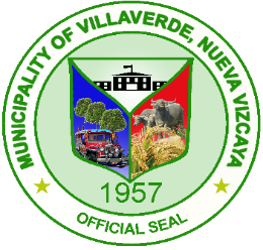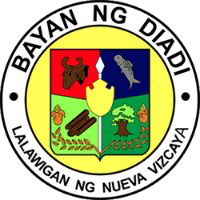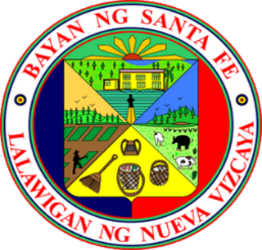
MUNICIPALITIES OF NUEVA VIZCAYA
Nueva Vizcaya, is a province known for its lush landscapes, rich cultural heritage, and vibrant communities. The province is nestled amidst the Sierra Madre Mountain range, offering breathtaking views and outdoor adventures for nature enthusiasts. Its economy thrives on agriculture, with rice, corn, and vegetables being major crops. Nueva Vizcaya also boasts historical sites, such as the Imugan Falls and the St. Dominic Cathedral in Bayombong. The warm hospitality of its people and the fusion of indigenous and modern influences make the municipalities of Nueva Vizcaya a captivating destination for travelers and locals alike.
Nueva Vizcaya comprises 15 municipalities. Among these, Bayombong serves as the provincial capital and a major educational center. Bambang is the agricultural hub, while Solano functions as the financial district. Additionally, Kayapa holds the title of the summer capital and is known as the “vegetable bowl” of the province.
MUNICIPALITIES OF NUEVA VIZCAYA:
- Alfonso Castaneda
- Ambaguio
- Aritao
- Bagabag
- Bambang
- Bayombong
- Diadi
- Dupax Del Norte
- Dupax Del Sur
- Kasibu
- Kayapa
- Quezon
- Santa Fe
- Solano
- Villaverde
ALFONSO CASTAÑEDA
Alfonso Castañeda, a municipality in Nueva Vizcaya, is a land of serene beauty and cultural richness. On April 20, 1979, Batas Pambansa No. 27 established Alfonso Castañeda as an independent municipality. It was named after the province’s first governor from a cultural minority. The Sierra Madre Mountain range embraces the town, offering breathtaking landscapes, and it is home to the indigenous Bugkalot tribe. Alfonso Castañeda is renowned for its agricultural products, especially rice, and for its traditional industries like rice milling and furniture carving.
Visit the official Facebook page of Alfonso Castaneda:
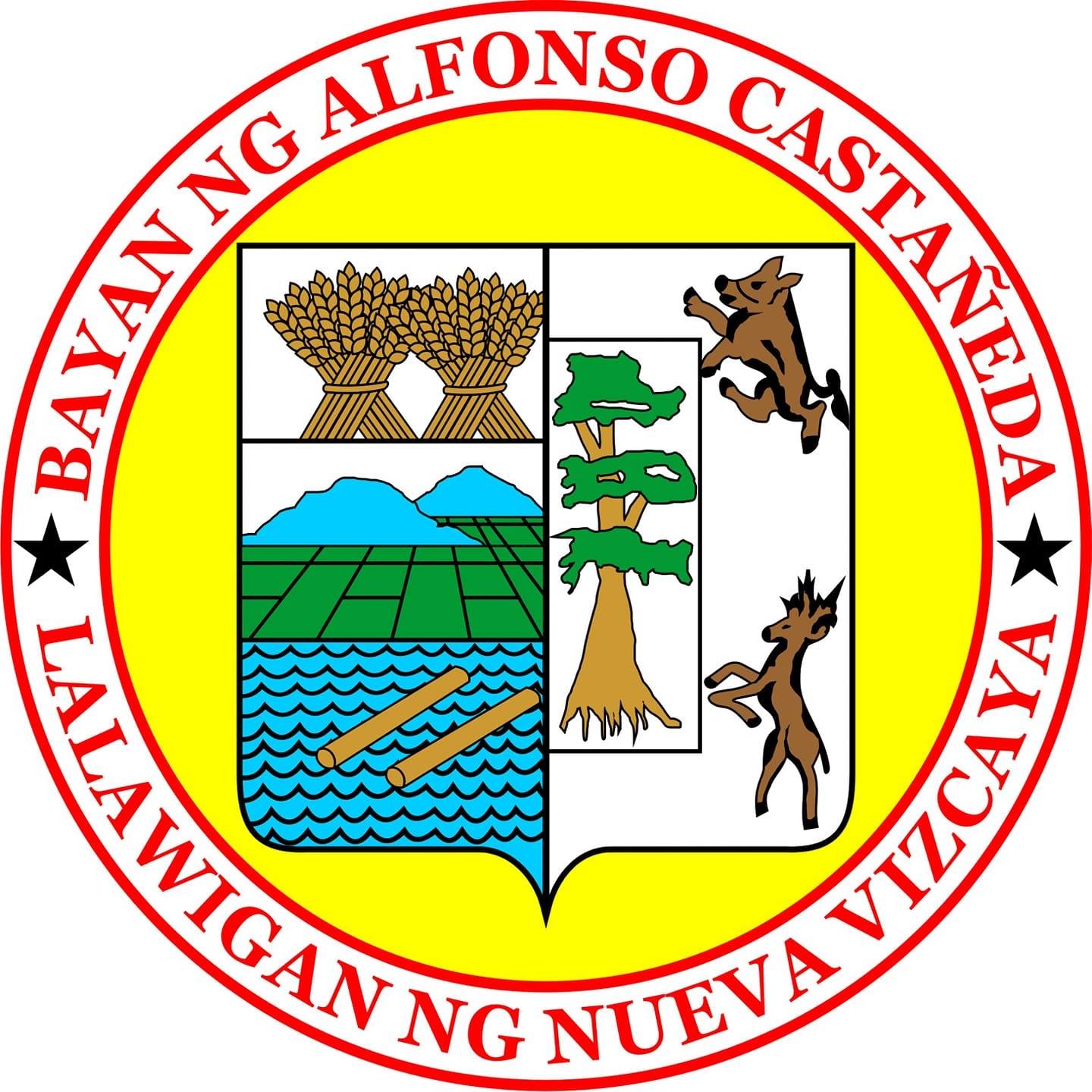
AMBAGUIO
In the 1960s, Ambaguio, originally part of Bayombong, became an independent municipality through a bill authored by Congressman Leonardo E. Perez and approved on June 18, 1966. Mariano L. Agnahe became its first mayor. Covering 18,560 hectares of mountains, forests, and rivers, Ambaguio was home to wild animals and inhabited by the Kalanguya, Ifugaos, and Ibaloys, who lived along river valleys and practiced farming, hunting, and fishing. The name “Ambaguio” derives from “Ambangiw,” meaning moss, reflecting the area’s mossy landscape and climate similar to Baguio.
Visit the official website and Facebook page of Ambaguio:

ARITAO
Originally called “Ajanas,” Aritao was renamed after the Isinay word “Ari-Tau,” meaning “Our King,” referring to the Igorot King Mengal. On January 1767, Spanish missionary Fr. Manuel Corripio convinced King Mengal and his tribe to settle in the lowland area of Aritao. Fr. Tomas Gutierez later converted them to Christianity. In 1777, Aritao and adjacent areas merged into one pueblo named Aritao, approved by Manila authorities. On June 30, 1917, councilor Jose Aleman’s initiative led to Aritao’s official recognition as a township by the Secretary of the Interior. This inauguration marked Aritao’s prosperity and saw an influx of immigrants from various regions, establishing it as a second-class municipality.
Visit the official website and Facebook page of Aritao:

BAGABAG
Bagabag is renowned for its buko pie and serves as the gateway to the majestic Banaue Rice Terraces. Established on October 7, 1741, by the Dominican friar Antonio del Campo, it has a rich history intertwined with the Gaddang people and their ancestral lands. The town’s economy thrives on agriculture, with rice, corn, coconut, mango, and pineapple as its main crops, and it boasts the largest tilapia farming in the region. Bagabag also features the only airport in Nueva Vizcaya, connecting the province to the rest of the country.
Visit the official Facebook page of Bagabag:

BAMBANG
Bambang, a municipality in the province of Nueva Vizcaya, Philippines, is a place rich in history and natural wonders. Officially recognized as a town by the Spanish on July 5, 1747, it has a storied past with roots in the early period of Spanish colonization. The town is home to various landmarks, including the Salinas Salt Spring, Manamtam River, and the Bambang Cross, which are testament to its vibrant culture and natural beauty. Bambang also celebrates the Panggayjaya festival, an annual event that showcases its cultural heritage and community spirit.
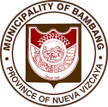
BAYOMBONG
Bayombong, originally established in the southeastern part of present-day La Torre by the Bayumbung River, derives its name from the Gaddang word “Bayongyong,” meaning confluence of a mighty river. Another version suggests “Bayongyong” refers to a bamboo container used to carry fresh water. The Gaddanes’ resistance to the Maalates led to a tribal war, resulting in the Maalates’ retreat and leaving behind their “Bayongyong.” This event inspired the name “Bayumbung,” symbolizing the Gaddanes’ victory. Spanish missionaries, impressed by the locals carrying water in “Bayongyong” bamboos, adopted the term and eventually named the place “Bayombong.”
Visit the official Facebook page of Bayombong:

DUPAX DEL NORTE
DUPAX DEL SUR
Dupax, derived from the Isinay word “Dopaj” meaning complete relaxation after hunting, was discovered by Luis Perez Dasmariñas in 1591. The Dominican Friars established a mission in Dupax in 1609, which was later abandoned due to territorial disputes with the Franciscans. Between 1632 and 1702, Dupax was difficult to colonize. In 1717, Fr. Alejandro Cacho began establishing Christian communities among the three local tribes: the Malaats, Caraos, and Bugcalots. The Augustinian missionaries, Fathers Nicolas Norbante and Agustin de San Juan, founded Dupax as an urban settlement in April 1726. The original town was later divided into Dupax del Sur, Dupax del Norte, and Alfonso Castañeda.
Visit the official Facebook page of Dupax del Sur:


KAYAPA
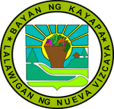
QUEZON
Quezon was established on June 18, 1961, by virtue of Republic Act No. 4327. It is a landlocked area embraced by the Sierra Madre and Caraballo Mountain ranges. It offers a picturesque landscape of rolling hills and lush greenery. The town is culturally vibrant, reflecting the heritage of the Gaddang, Bugkalot, and Ilocano communities that enrich its history and traditions. The municipality is known for its agricultural lands, where citrus fruits flourish, adding to the region’s reputation as the country’s citrus capital.
Visit the official Facebook page of Quezon:

SOLANO
The municipality of Solano was founded by Spanish missionary Father Alejandro Vidal in 1767 and was originally named Lungabang, meaning “cave” in Gaddang. Later, the Spaniards called it Lumabang. In 1851, Governor General Antonio Urbiztondo declared Lumabang a barrio of Bayombong due to insufficient inhabitants and revenue. In 1860, Governor General Ramon Solano y Landeral authorized its separation from Bayombong, making it a full-fledged municipality. In 1863, it was renamed Solano in honor of the Governor General. Solano is known for its nearly perfect town planning, a testament to Father Juan Villaverde’s planning efforts in 1889.yan, and Ilagan.
Visit the official website and Facebook page of Solano:
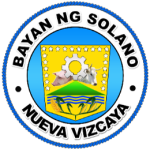
VILLAVERDE
Villaverde, a quaint municipality in the province of Nueva Vizcaya, Philippines, is steeped in history and natural beauty. It was originally named Ibung and was established by the Dominicans as a barrio of Solano during the Spanish era. The town was later renamed in honor of Father Juan Villaverde, a Spanish missionary who played a pivotal role in its creation. Today, Villaverde is known for its picturesque landscapes, with a mix of lowland and upland barangays that showcase the region’s diverse topography.
Visit the official website and Facebook page of Villaverde:
